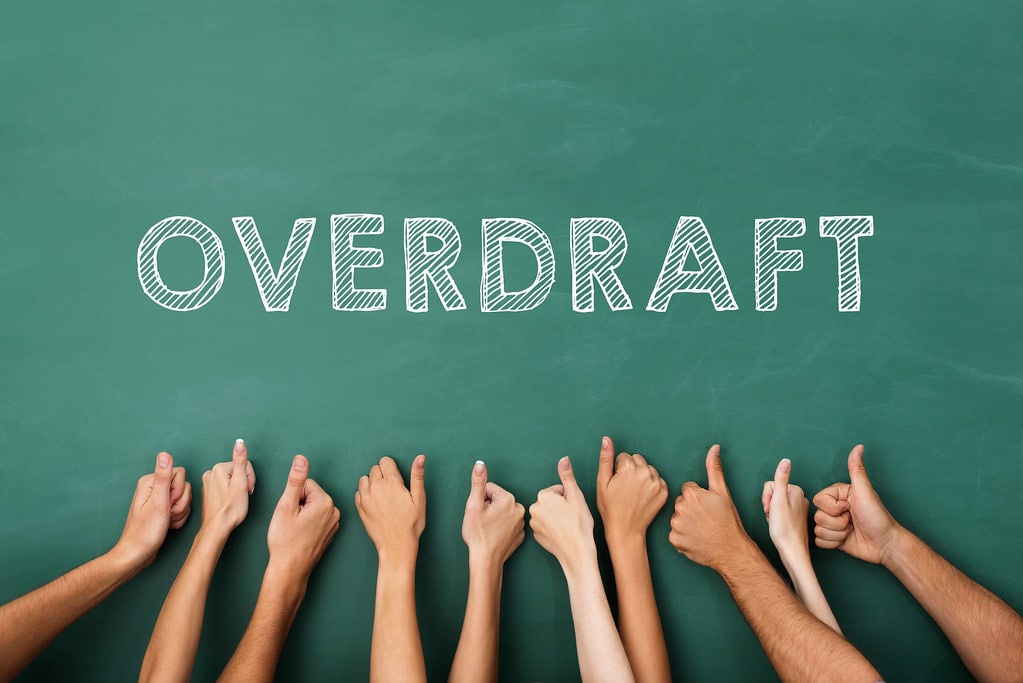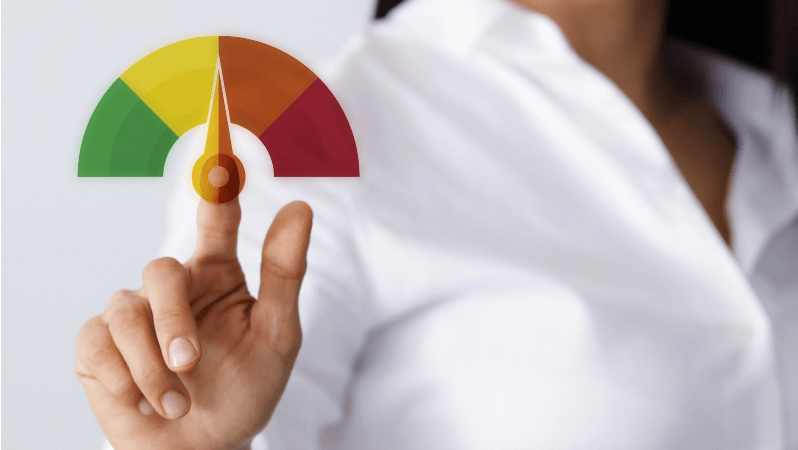An overdraft loan is available credit on your bank account even after you run out of funds. You are assured of an “emergency” amount that you can use and pay back later with simple terms and interest rates. It is usually unsecured. Think of it as a backup fund for unexpected expenses beyond your usual budget.
How does it work?

An overdraft loan is an additional funding service for any existing bank account. Once your balance falls to zero, it allows you to withdraw money beyond it for immediate use. This allows any bank account holder to overdraw from their accounts beyond their existing balance. You can repay it later within a set timeframe and a set annual rate.
The overdrawn funds are linked to the same account. It is made available as an option and can be withdrawn directly from ATMs, debit cards, via BPAY, over-the-counter bank transactions, and other available cash facilities linked to your bank account.
Usually, there is a set duration for these loans: An overdraft period can be anywhere from a month to 45 days for repayment. If you follow the terms and repayment conditions, there are no extra fees involved except the set interest rates agreed upon in the application. You will only pay separate interest on the amount overdrawn.
Where can you use your overdraft?
When set-up on your account, you can avail of the service when making transactions. It will cover payments and purchases beyond your existing balance with no or low fees. Payments can be made even if the bank account is short of a small or big amount. If you don’t have overdraft added or no overdraft protection you will pay fees for anything over the existing balance.
Businesses can make payments, purchases, fund payroll, and have available extra funds added from the overall balance. Anything that goes beyond the current existing balance is taken care of and dealt with later as a safety net.
Requirements and eligibility
Unlike other bank loans and third-party loans, the needed requirements are not as strict. You are already a bank account holder in most cases, and the service is either added to your account, or you have already signed up for this option.
- Australian citizen or permanent resident
- At least 18 years old
- Holds a bank account eligible for an overdraft loan or service
- Bank account holder for 6 months or more
- Has a regular income or source of funds
- Optional credit history for some banks and institutions
Getting an overdraft for your bank account
If you are qualified and have a bank account, it easy to apply for one. Contact your bank online or by phone to initiate your application. You will be checked briefly for needed requirements and if you are financially capable of repayment. For other bank accounts, you will be given an overdraft option in case you go beyond your balance and need extra funds.
Depending on what type of use, you can choose certain types of overdrafts to apply to your bank account. You must have an existing bank account with an add-on overdraft feature you can apply for.
Terms and conditions
Overdraft amounts range from $250 to a maximum of $50,000 for most Australian banks. Interest rates range depending on banks: For instance, ANZ has 11.95% / year for personal overdrafts; Westpac has 12.09% a year, and a temporary overdraft rate of 14.09% / year; Bank Australia has 12.39% / year.
There are no set rates and limits. Fees may be applied such as an annual fee for this service, and establishment fees for higher overdraft loan amounts. In addition to these, security or collateral is usually laid out on the application before finalising.
Whichever bank account you have is where you can easily get your overdraft. You can’t opt for a separate, different one as it is attached to an existing bank account with direct access to the fund; That is unless you are opening a new bank account and then adding an overdraft option. You can get a different overdraft loan from another bank that you have to sign up for.
Types of Overdraft Loans and services
- Personal Overdraft: It is an existing overdraft feature on your bank account with a longer time for repayment. The amount can range from $250 to $50,000. But this varies from bank to bank.
- Temporary Overdraft: this type has a shorter duration for repayment as well as lower overdraft loan amounts. You can borrow as little as $100 to $250 and above and repay the amount within the set timeframe on your account. It can only be used for personal expenses and not for business or loan repayments.
- Business Overdraft: Businesses can apply for up to $100,000 in overdraft. There is usually no set minimum or maximum amount limit that can be added to the total balance you have in your business account when doing an overdraft; You can instantly get it from your withdrawal as long as it is within your bank’s maximum business overdraft amount.Business overdrafts have more requirements needed to be granted. Aside from the aforementioned terms, one must be a sole trader or director of the business or company applying for it. You must have authorisation for financial decisions made on the company’s behalf. The company must meet minimum financial requirements as well as many business conditions.
Overdrafts versus Loans: A comparison
Loans have different terms and conditions involved. They can be secured (with collateral) and unsecured but may have higher interest and other requirements. They have to be applied for before getting access to the funds. There are also other terms involved. Time and extra effort are needed once the amount is determined.
Overdrafts are direct from your bank account and linked cards. Once it has been applied for or added to your bank account, it can be used instantly; For example, when you purchase your current balance, the account grants the overdraft amount instantly. This also applied to withdrawals on accounts with overdraft protection. You won’t be paying any overdraft or overcharge fees as well. You can make the payment without approvals or waiting times.



